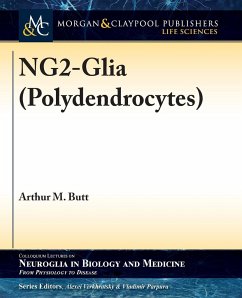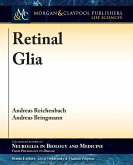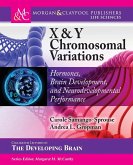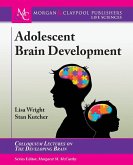Classically, the central nervous system (CNS) was considered to contain neurons and three main types of glial cells-astrocytes, oligodendrocytes, and microglia. Now, it has been clearly established that NG2-glia are a fourth glial cell type that are identified and defined by their expression of the NG2 chondroitin sulfate proteoglycan (Cspg4). NG2-glia differentiate into oligodendrocytes, the myelin-forming cells of the CNS, under the control of multiple extacellular and intrinsic factors. Due to this, NG2-glia are often referred to in the literature as oligodendrocyte progenitor cells (OPCs). The name polydendrocytes has been suggested for NG2-glia (OPCs), to emphasize their nature as a fourth distinct glial cell type. NG2-glia respond rapidly to neurotransmission via their synaptic connections with neurons and their repertoire of neurotransmitter receptors and ion channels. Bidirectional interactions between NG2-glia and neurons are also important for synaptic function and neuronal integrity. NG2-glia respond to most neuropathologies by increased proliferation and differentiation into oligodendrocytes, which is critical for replacing damaged myelin after injury and in demyelinating diseases, such as multiple sclerosis. There is also evidence NG2-glia are capable of generating astrocytes and neurons under some circumstances. The full capacity of NG2-glia is not yet clear, but their key function is the lifelong generation of oligodendrocytes, which is absolutely critical for CNS function and integrity.
Hinweis: Dieser Artikel kann nur an eine deutsche Lieferadresse ausgeliefert werden.
Hinweis: Dieser Artikel kann nur an eine deutsche Lieferadresse ausgeliefert werden.








